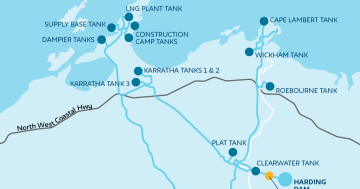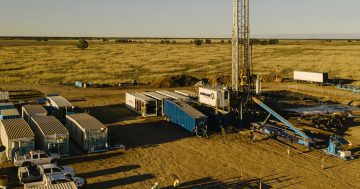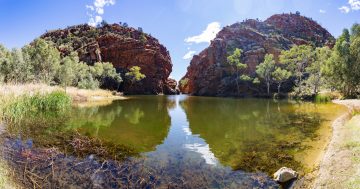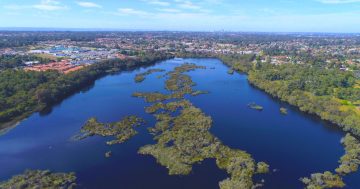 The Department of Planning and Environment (DPE) is calling for input on the State’s first-ever long-term roadmap for the sustainable management of its vast and precious groundwater resources.
The Department of Planning and Environment (DPE) is calling for input on the State’s first-ever long-term roadmap for the sustainable management of its vast and precious groundwater resources.
Executive Director Water Strategy and Policy at DPE, Kaia Hodge said the draft NSW Groundwater Strategy, on display until 14 August, was a priority action under the NSW Water Strategy and built on 30 years of world-leading groundwater management.
“Groundwater is essential to the people, businesses and environment of NSW, and this Strategy will ensure our communities have the groundwater resources they need into the long-term future,” Ms Hodge said.
“More than 250 regional towns across our state rely on groundwater for their day-to-day water needs,” she said.
“Groundwater directly contributes nearly $1 billion to our yearly economy by supporting the agricultural sector and other industries, and groundwater supplies close to 10 per cent of NSW’s drinking water.”
Ms Hodge said that using the latest available science, the Strategy would set the direction for groundwater management over the next 20 plus years and put actions in place to secure its quality and supply.
She said the Strategy would also bolster recognition of Aboriginal people’s rights to access and use groundwater, and, for the first time, culturally significant and valuable sites that were groundwater-dependent would be recognised and protected.
“This is a vital resource that we need to manage sustainably and protect, especially as we face challenges like a more variable climate, and more pressure on our resources as our towns and cities continue to grow, particularly off the back of the pandemic,” the Executive Director said.
“Our State has more than 450 groundwater sources from which more than 3,000 billion litres of water could be extracted for use every year – including for cultural use, critical needs, and town water supply.”
Ms Hodge said about 6.5 million hectares, or approximately eight per cent of the State’s land surface, contained valuable ecosystems which were dependent on groundwater – including many wetlands, springs and lakes that supported unique plant and animal species.
“But some of these sources are becoming more vulnerable, especially as water from rivers becomes scarcer as our climate changes,” she said.
“We must act now to future-proof these precious resources, and I urge all members of the community and stakeholders to have their say to help us finalise the strategy.”
DPE’s 85-page draft NSW Groundwater Strategy can be accessed at this PS News link.










